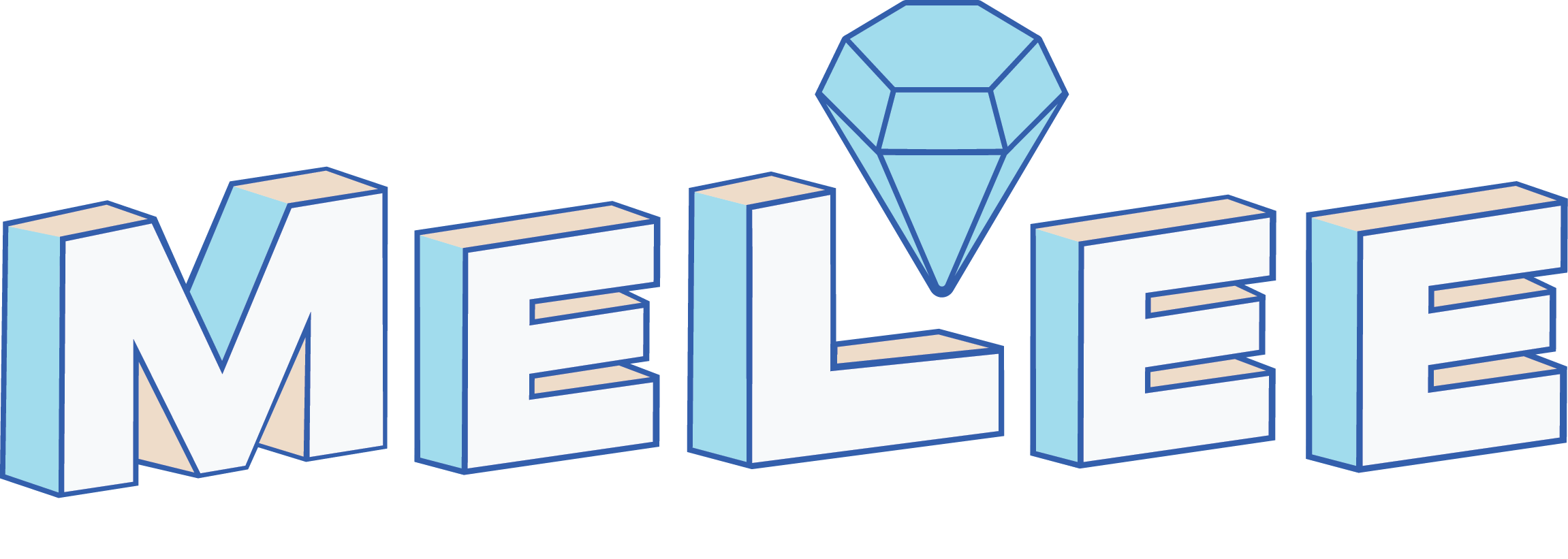What is HHC?
HHC, which stands for Hexahydrocannabinol, was first synthesized in 1944 by a man named Roger Adams and is a psychoactive cannabinoid. HHC is essentially THC with two added hydrogen molecules.
Users of HHC have praised the cannabinoid’s mild, pleasant euphoria and relaxing sensation as well as lack of cerebral fog. It’s typically regarded as a smart option for when you’re looking to take the edge off while still being cognitive and mentally sharp.
HHC is considered to be slightly stronger than Delta-8 THC with effects leaning more towards Delta-9 THC.
What is Delta 9 THC?
Delta- 9 THC is the main psychoactive ingredient in cannabis, meaning it’s the cannabinoid that’s responsible for the famous “high” that we all know and love.
Delta-9 THC may help with producing feelings of euphoria, enhancing creative experiences, increasing appetite, and altering time perception.
Delta-9 THC may sound like a new and cutting edge cannabinoid, but if you have ever smoked a joint before or eaten some pot brownies, then you have already had your first Delta-9 THC experience. The majority of consumers worldwide refer to Delta-9 as just “THC”.
What is Delta 8 THC?
Delta-8 THC is considered to be the “nicer, younger sibling” to Delta-9 THC.
Delta-8 is slightly psychoactive and produces milder effects compared to Delta-9.
According to The National Cancer Institute, Delta-8 THC is defined as “an analogue of tetrahydrocannabinol (THC) with antiemetic, anxiolytic, appetite-stimulating, analgesic, and neuroprotective properties.” They also stated that “this agent exhibits a lower psychotropic potency than Delta-9-tetrahydrocannabinol (Delta-9-THC), the primary form of THC found in cannabis.”
What is Delta 10 THC?
Delta-10 THC, similar to Delta-8 THC, produces slightly psychoactive and milder effects but is commonly reported to provide more energizing effects compared to Delta-8 which is reported to be more sedating.
According to consumers, Delta-10 feels a lot like a “sativa” with its uplifting and energetic effects compared to Delta 8 which is more similar to the effects of an “indica”.
What is THC-O?
THC-O is also known as the “spiritual cannabinoid” because it is considered to be 3x as potent as typical Delta-9 THC.
It has been reported that THC-O delivers a psychoactive high that can be both euphoric, sedative, and in some doses psychedelic.
While the THC-O craze is relatively new, the compound has been around for quite some time. The U.S. government was reported to have been experimenting with it as far back as the late 1940s and was researched by U.S military scientists.
What is CBC?
CBC, which stands for cannabichromene, is one of the more “underrated” non- psychoactive cannabinoids that has not yet achieved mainstream popularity like CBD and CBG.
According to some studies, CBC enhances mood and sociability by increasing levels of anandamide. Anandamide is a brain chemical that fosters feelings of happiness, satisfaction, and bliss.
A study from 2013 shows that CBC might also be effective at promoting neurogenesis, especially when synergistically working with other cannabinoids, also known as the entourage effect.
Customers have reported effects of feeling more “in the zone” and focused when blending CBC with other cannabinoids.
Enter your Flow state, unlock creativity, and uplift your spirit.
What is CBN?
CBN, also known as Cannabinol, has become one of the more popular mildly-psychoactive cannabinoids over the years mainly due to its potential sedative properties. It has shown potential as a treatment for sleep disorders, inflammation, pain relief, and more.
A 2011 study published in the British Journal of Pharmacology found that THC and other cannabinoids in combination with CBN may produce a more sedated, “couch-locked” body high.
CBN is considered to promote a good night’s sleep without producing many of the adverse effects associated with prescription sleeping medication.
The first reports of CBN’s sedative effects date back to 1975, followed by a 1995 study on insomniac mice in which it was shown to help with the quality of sleep.


